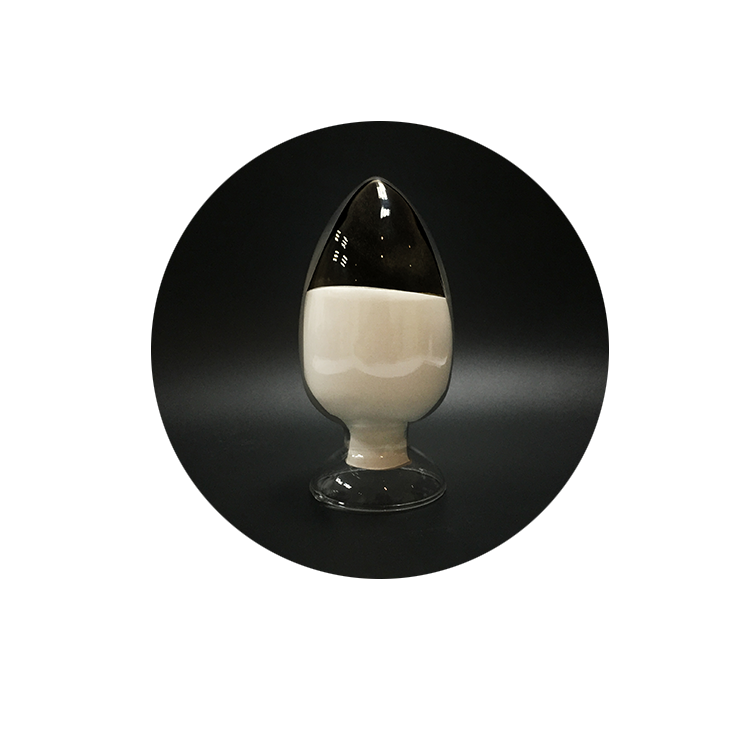What is Amylase? What Are the Types of Amylase?
1. What is amylase?
Amylase is the closest enzyme preparation in our lives. It is the general term for enzymes that hydrolyze starch and glycogen. Amylase has the specificity of enzyme preparations, and its main function is to hydrolyze starch into maltose, glucose, dextrin and so on.
2. The types of amylase
Divided by different positions of hydrolyzed starch: Amylase is divided into alpha amylase, β-amylase, γ-amylase, and isoamylase.
Divided by microbial source: Amylase is divided into bacterial amylase, fungal amylase, mold amylase;
Divided by reaction temperature: Amylase is divided into medium temperature amylase and high temperature amylase.
α-Amylase is mainly produced by fermentation and purification of Bacillus subtilis, Aspergillus niger, Aspergillus oryzae and Rhizopus. The main mechanism is to cut the α1-4 glycosidic bonds inside the starch chain and hydrolyze the starch into maltose, which contains 6 glucose units. Oligosaccharides and branched oligosaccharides. It can shorten the fermentation time of bread dough.
β-amylase is mainly produced by fermentation and purification of Aspergillus, Rhizopus and Endosporium. It can cut 1-4 glycosidic bonds from the non-reducing ends of starch molecules to generate maltose.
Glucoamylase is mainly produced by fermentation and purification of Aspergillus niger, Rhizopus, endosporum and Monascus. This amylase acts on the non-reducing end of the starch molecule, taking glucose as a unit, and sequentially acting on the α1-4 glycosidic bonds in the starch molecule to generate glucose.
Isoamylase is mainly fermented and purified from Aerobecillus, Bacillus and some Pseudomonas. Isoamylase is beneficial to the hydrolysis of other amylases and can improve the utilization rate of grain starch.


